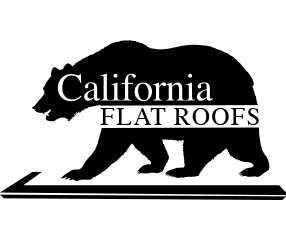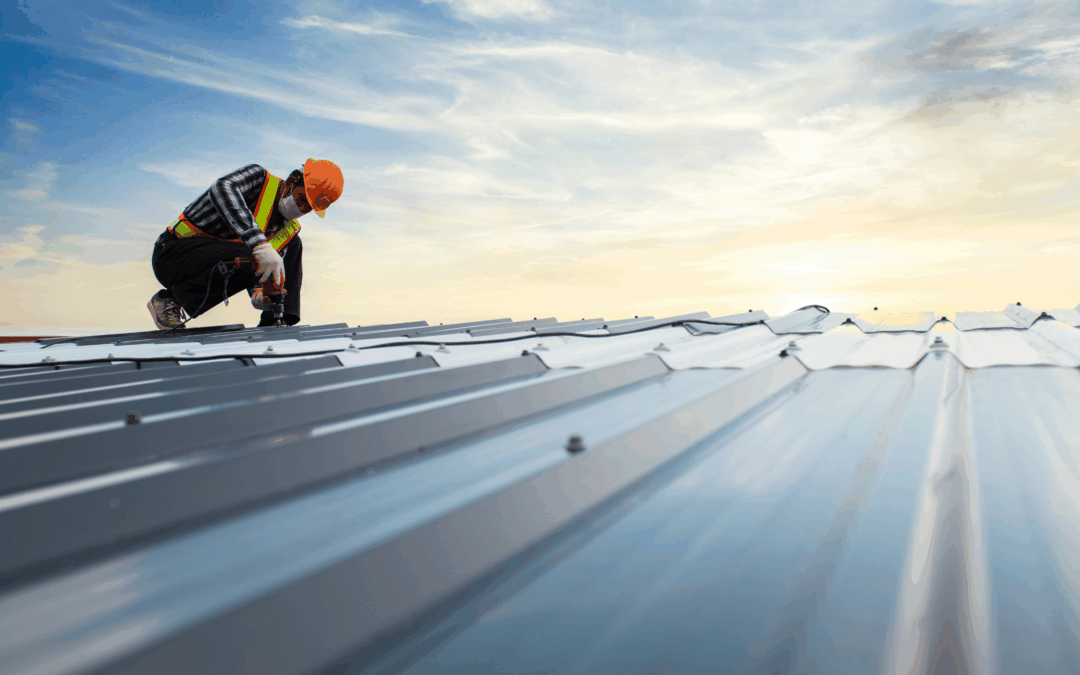Key Aspects of Commercial Roofing Plays a Crucial Role for Providing Protection
Commercial roofing plays a crucial role in protecting business properties from weather, structural damage, and energy loss. Unlike residential roofing, which typically features steep pitches and smaller surface areas, commercial roofing systems are more complex due to their size, low-slope designs, and integration with mechanical systems like HVAC units. Understanding the key aspects of commercial roofing is essential for property managers, business owners, and general contractors alike.
Roofing Systems & Materials
The most common commercial roofing systems include TPO (Thermoplastic Polyolefin), EPDM (rubber roofing), PVC (Polyvinyl Chloride), metal roofing, and built-up roofing (BUR). Each material serves different needs depending on the building’s location, climate, and intended use. TPO and PVC are popular for their energy efficiency and UV resistance, while EPDM is known for its flexibility and longevity. Metal roofs provide unmatched durability, and BUR systems offer excellent waterproofing through multiple asphalt layers.
Flat and Low-Slope Designs
Most commercial buildings have flat or low-slope roofs, making drainage systems a critical component. Without proper design, flat roofs can experience ponding water, which leads to leaks and premature deterioration. Commercial roofing must be installed with strategic slopes, internal drains, scuppers, and gutters to ensure water runoff is managed effectively.
Installation & Maintenance
Commercial roofing installations often involve large surface areas and require specialized equipment and crews. Due to their complexity, proper installation is vital to prevent costly repairs down the line. Routine inspections and proactive maintenance—such as sealing seams, checking flashings, and clearing debris—are essential to extend the roof’s lifespan and avoid disruption to business operations.
Energy Efficiency & Insulation
Energy efficiency is a growing priority in commercial roofing. Reflective roof membranes, cool roof coatings, and proper insulation help reduce heat absorption and lower energy bills. These features not only improve comfort within the building but also contribute to environmental sustainability and may qualify for energy tax incentives.
Compliance & Warranty
Commercial roofing projects must meet local building codes, fire ratings, and warranty requirements. Professional roofers should ensure all systems are installed according to manufacturer guidelines to preserve warranties and pass inspections.

